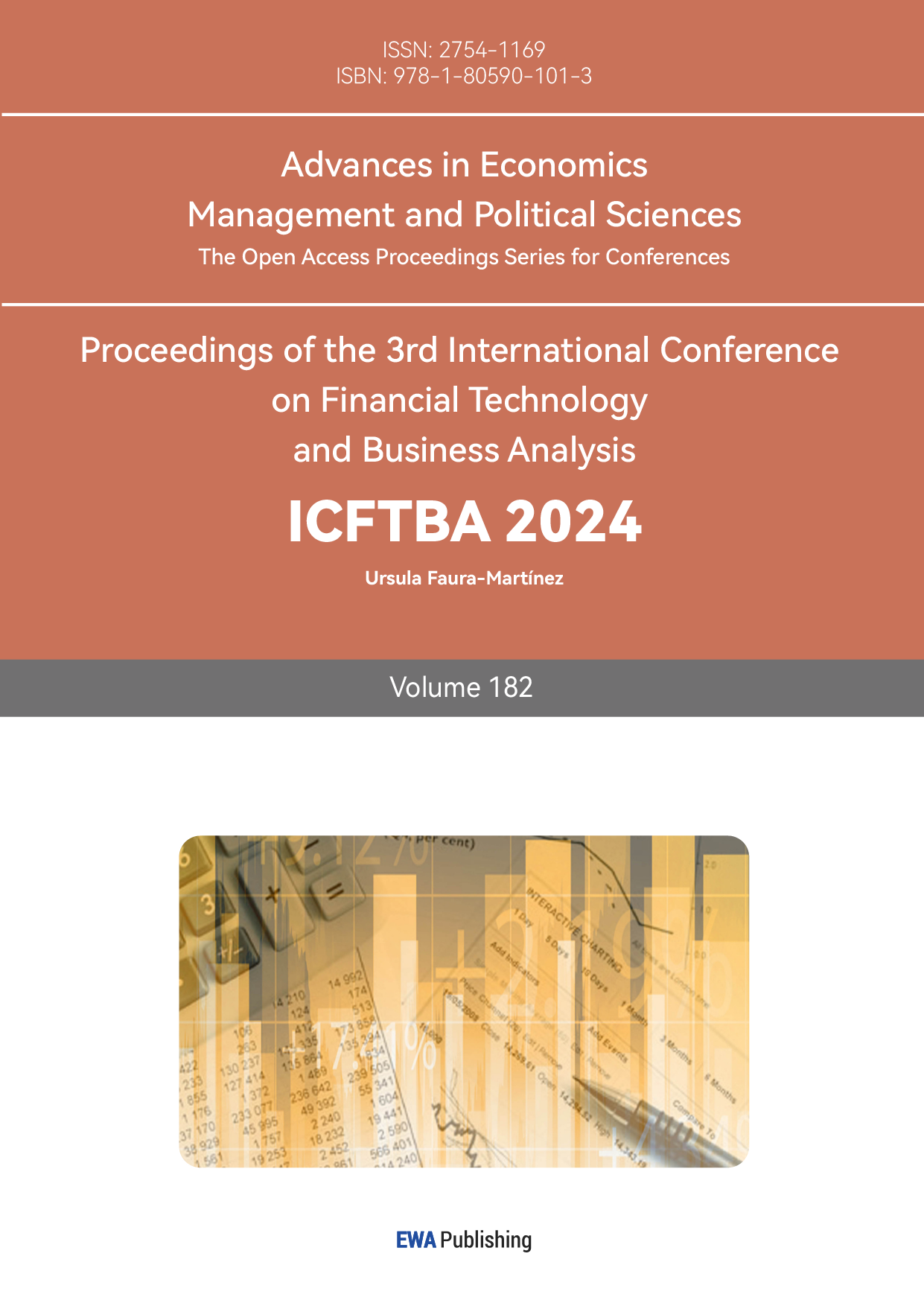References
[1]. Thomas, V. J., & Maine, E. (2019). Market entry strategies for electric vehicle startups in the automotive industry–Lessons from Tesla Motors. Journal of Cleaner Production, 235, 653-663. Journal of Strategic Marketing, 20(4), 289-312.
[2]. Mangram, M. E. (2012). The globalization of Tesla Motors: a strategic marketing plan analysis. Journal of Strategic Marketing, 20(4), 289-312.
[3]. He, J., Liao, S., Li, X., & Yu, P. (2022, April). Research on Marketing Strategy of New Energy Vehicles in China. In 2022 7th International Conference on Social Sciences and Economic Development (ICSSED 2022) (pp. 853-859). Atlantis Press.
[4]. Loureiro, S. M. C., Sarmento, E. M., & Le Bellego, G. (2017). The effect of corporate brand reputation on brand attachment and loyalty: Automobile sector. Cogent Business & Management, 4(1), 1360031.
[5]. Allen Root (2023). BYD Reports Strong Earnings. It and Tesla Are Pulling Ahead. https://www.barrons.com/articles/byd-stock-earnings-tesla-3bd805c8
[6]. Kim, E., Ham, S., Yang, I. S., & Choi, J. G. (2013). The roles of attitude, subjective norm, and perceived behavioral control in the formation of consumers’ behavioral intentions to read menu labels in the restaurant industry. International Journal of Hospitality Management, 35, 203-213.
[7]. Hu, Z. (2022). Research on the Consumer Behavior Characteristics and Marketing Strategy of New Energy Vehicles—Taking BYD and Tesla as Examples.
[8]. Falát, L., & Holubčík, M. (2017). The influence of marketing communication on the financial situation of the company–a case from the automobile industry. Procedia Engineering, 192, 148-153.
Cite this article
Gong,Z. (2025). Tesla vs BYD: Who Performs Better in the Marketing Battle of EVs?. Advances in Economics, Management and Political Sciences,182,72-75.
Data availability
The datasets used and/or analyzed during the current study will be available from the authors upon reasonable request.
Disclaimer/Publisher's Note
The statements, opinions and data contained in all publications are solely those of the individual author(s) and contributor(s) and not of EWA Publishing and/or the editor(s). EWA Publishing and/or the editor(s) disclaim responsibility for any injury to people or property resulting from any ideas, methods, instructions or products referred to in the content.
About volume
Volume title: Proceedings of the 3rd International Conference on Financial Technology and Business Analysis
© 2024 by the author(s). Licensee EWA Publishing, Oxford, UK. This article is an open access article distributed under the terms and
conditions of the Creative Commons Attribution (CC BY) license. Authors who
publish this series agree to the following terms:
1. Authors retain copyright and grant the series right of first publication with the work simultaneously licensed under a Creative Commons
Attribution License that allows others to share the work with an acknowledgment of the work's authorship and initial publication in this
series.
2. Authors are able to enter into separate, additional contractual arrangements for the non-exclusive distribution of the series's published
version of the work (e.g., post it to an institutional repository or publish it in a book), with an acknowledgment of its initial
publication in this series.
3. Authors are permitted and encouraged to post their work online (e.g., in institutional repositories or on their website) prior to and
during the submission process, as it can lead to productive exchanges, as well as earlier and greater citation of published work (See
Open access policy for details).
References
[1]. Thomas, V. J., & Maine, E. (2019). Market entry strategies for electric vehicle startups in the automotive industry–Lessons from Tesla Motors. Journal of Cleaner Production, 235, 653-663. Journal of Strategic Marketing, 20(4), 289-312.
[2]. Mangram, M. E. (2012). The globalization of Tesla Motors: a strategic marketing plan analysis. Journal of Strategic Marketing, 20(4), 289-312.
[3]. He, J., Liao, S., Li, X., & Yu, P. (2022, April). Research on Marketing Strategy of New Energy Vehicles in China. In 2022 7th International Conference on Social Sciences and Economic Development (ICSSED 2022) (pp. 853-859). Atlantis Press.
[4]. Loureiro, S. M. C., Sarmento, E. M., & Le Bellego, G. (2017). The effect of corporate brand reputation on brand attachment and loyalty: Automobile sector. Cogent Business & Management, 4(1), 1360031.
[5]. Allen Root (2023). BYD Reports Strong Earnings. It and Tesla Are Pulling Ahead. https://www.barrons.com/articles/byd-stock-earnings-tesla-3bd805c8
[6]. Kim, E., Ham, S., Yang, I. S., & Choi, J. G. (2013). The roles of attitude, subjective norm, and perceived behavioral control in the formation of consumers’ behavioral intentions to read menu labels in the restaurant industry. International Journal of Hospitality Management, 35, 203-213.
[7]. Hu, Z. (2022). Research on the Consumer Behavior Characteristics and Marketing Strategy of New Energy Vehicles—Taking BYD and Tesla as Examples.
[8]. Falát, L., & Holubčík, M. (2017). The influence of marketing communication on the financial situation of the company–a case from the automobile industry. Procedia Engineering, 192, 148-153.









